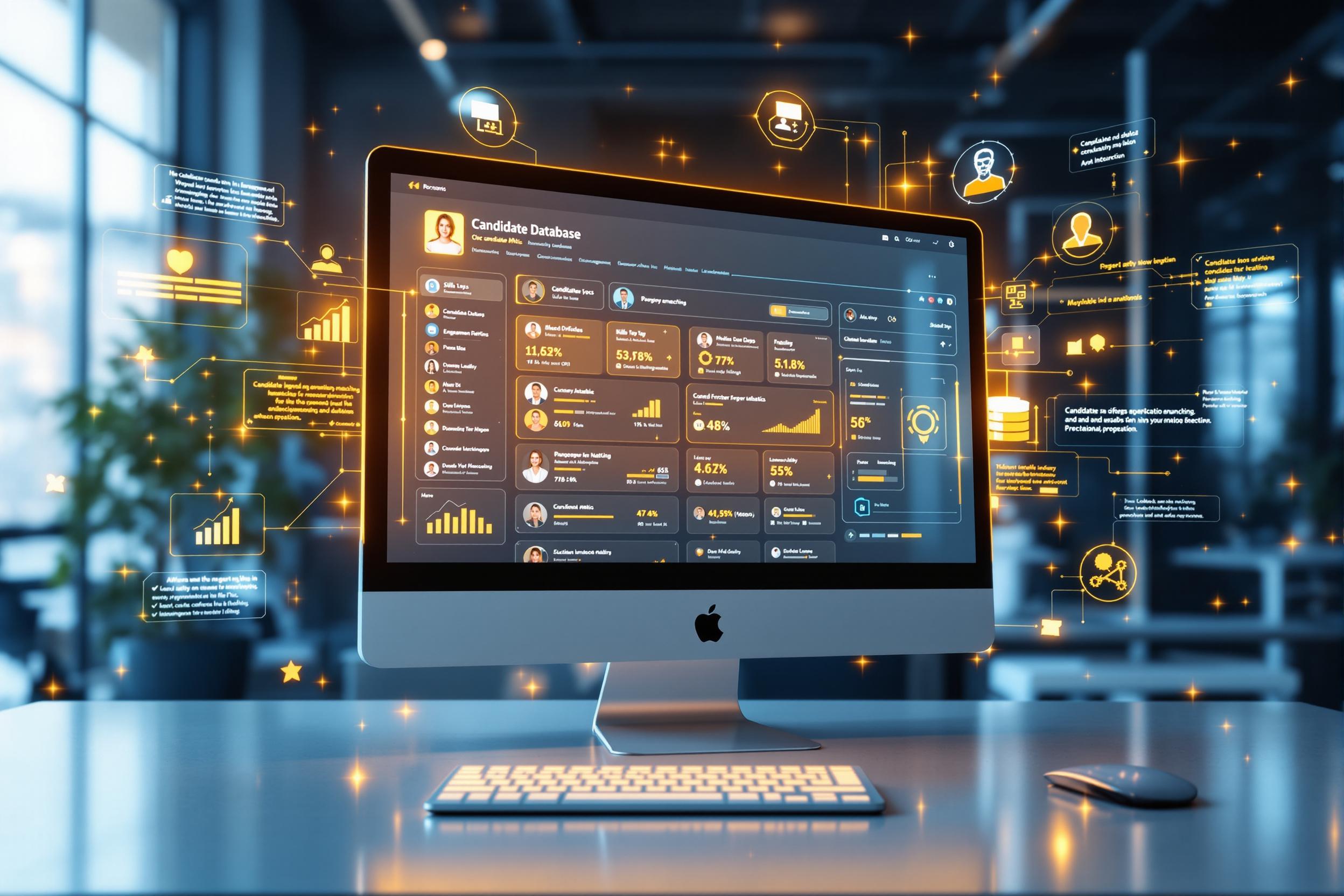
Library Statistics
Library Statistics refers to the collection, analysis, and reporting of data about library operations and usage. This includes tracking how many people visit the library, how many books are borrowed, what programs are popular, and how library resources are being used. Libraries use these numbers to make decisions about budgets, prove their value to stakeholders, and improve their services. It's similar to how retail stores track sales data, but for library services. When you see this term on a resume, it usually means the person has experience in gathering data, creating reports, and using this information to make the library better.
Examples in Resumes
Managed Library Statistics collection and reporting for a system of 5 branch libraries
Created monthly Library Statistics reports that led to 20% increase in program funding
Used Library Usage Statistics to optimize staffing schedules and improve service delivery
Implemented new Library Statistical tracking methods for digital resource usage
Typical job title: "Library Data Analysts"
Also try searching for:
Where to Find Library Data Analysts
Professional Organizations
Job Boards
Professional Networks
Example Interview Questions
Senior Level Questions
Q: How would you develop a comprehensive library assessment strategy?
Expected Answer: Look for answers that discuss creating measurement plans across different library services, setting clear goals, choosing appropriate metrics, and explaining how to use data for strategic planning and funding decisions.
Q: How have you used statistics to influence major library policy changes?
Expected Answer: The candidate should provide specific examples of using data to make significant improvements in library services, such as adjusting hours, reallocating resources, or launching new programs based on statistical evidence.
Mid Level Questions
Q: What methods do you use to collect and analyze library usage data?
Expected Answer: Should mention experience with different data collection tools, basic statistical analysis, and creating clear reports for different audiences including staff and stakeholders.
Q: How do you present statistical findings to non-technical audiences?
Expected Answer: Should discuss experience creating visual representations of data, writing clear summaries, and explaining complex information in simple terms.
Junior Level Questions
Q: What basic library statistics are important to track and why?
Expected Answer: Should be able to identify core metrics like circulation numbers, visitor count, program attendance, and explain their basic importance to library operations.
Q: How do you ensure accuracy in statistical data collection?
Expected Answer: Should discuss basic data collection principles, attention to detail, double-checking numbers, and following established procedures for counting and recording.
Experience Level Indicators
Junior (0-2 years)
- Basic data collection and entry
- Simple statistical reporting
- Understanding of library metrics
- Basic spreadsheet skills
Mid (2-5 years)
- Data analysis and visualization
- Report writing and presentation
- Survey design and implementation
- Statistical software use
Senior (5+ years)
- Strategic assessment planning
- Advanced data analysis
- Project management
- Staff training and supervision
Red Flags to Watch For
- No experience with basic data collection methods
- Unable to explain how statistics inform library decisions
- Lack of attention to detail in data handling
- No experience creating statistical reports
Need more hiring wisdom? Check these out...

The Cryptic Secrets of Data-Driven HR: Metrics that Actually Matter (and Some That Might Make You Laugh)

Unlocking the Competitive Edge: Benchmarking Your Talent Acquisition Metrics

7 Ways to Maximize Your Candidate Database ROI

